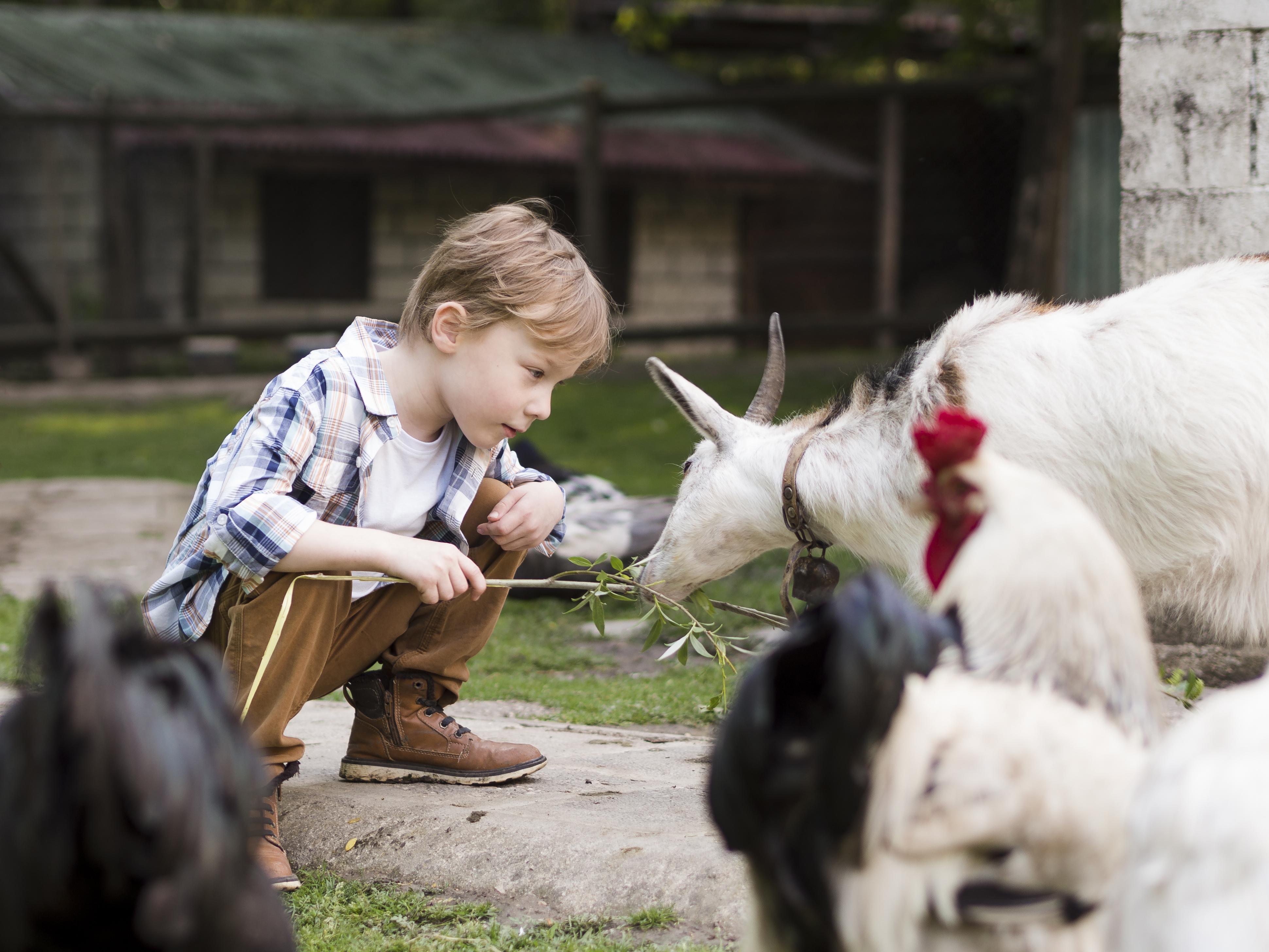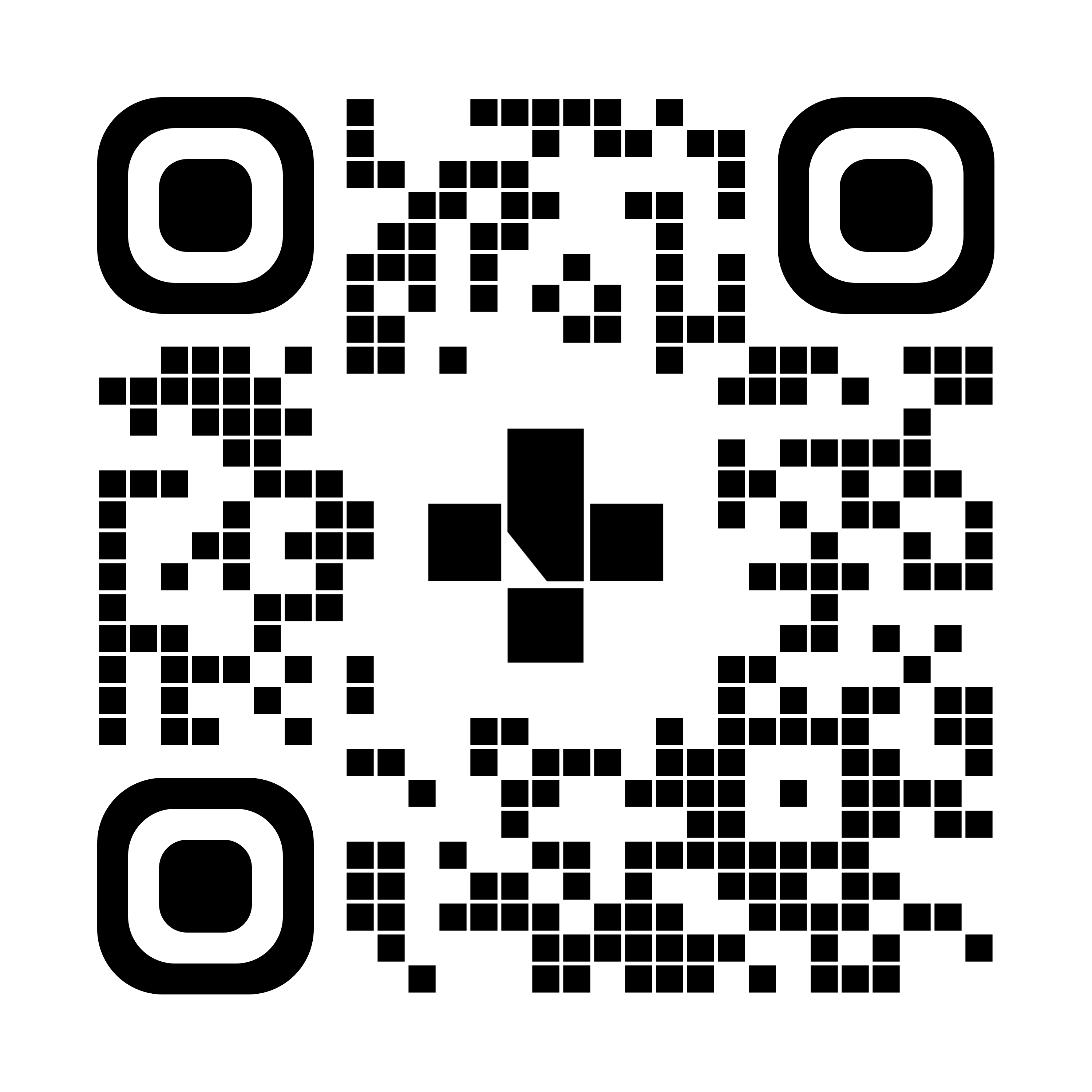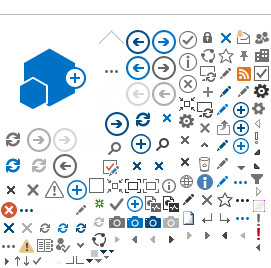Fine Motor Development
5 years

Photo credit: Freepik.com
At this stage, your child’s play and growing independence with daily living skills have helped their fine motor development, getting them ready for school.
Your 5-year-old
Your child has learned many fine motor skills over the last 5 years. They use different types of grasp patterns to match the shape, weight, and use of the object they’re holding. They have a clear hand dominance for most activities. This means that most of the time, 1 hand is the “doing” hand and the other is the helper. When learning a new activity or using a new object, they might still switch hands. Your child usually eats with a spoon or fork, and drinks from an open cup without spilling. They can dress themselves and use zippers and buttons. With supervision they can do many grooming activities, like washing their hair or brushing their teeth. At this age, they may also show interest in helping with chores around the home.
Everyday play and practice
When your child begins school, they’ll learn to print, draw, and use scissors. At home, fine motor play is still important to strengthen their skills. Follow your child’s play interests. They may enjoy crafts, building, cooking, or playing board games. They might want to make a sandwich, help you with repairs, build a birdhouse, water the garden, plant seeds, tend to pets, or help with the laundry.
To support your child’s independence with daily living skills:
- Encourage your child to cut with a knife.
- Let your child begin to tie shoelaces. They’ll still need help.
- With practice, your child will be independent with grooming activities and will need less supervision.
- Your child may want to learn to pour from a jug, set the table, or serve food at the dinner table.
Your child will continue to build their skills and apply them to new activities and experiences as they grow.
Be safe
- Keep your child safe as they gain confidence and learn to do more on their own.
When to call for help?
Your child may need more support if they’ve had lots of practice and still:
- don’t hold objects with their fingers
- don’t eat or dress by themselves
- don’t draw shapes
For more information or help with fine motor struggles, contact:
- Health Link at 811
- An occupational therapist at your local pediatric community rehabilitation service
- Your doctor, public health nurse, or other healthcare provider
Resources
To see this information online and learn more, visit MyHealth.Alberta.ca/health/aftercareinformation/pages/conditions.aspx?hwid=custom.ab_fine_motor_dev_5_years_inst.

For 24/7 nurse advice and general health information call Health Link at 811.
Current as of: August 19, 2025
Author: Pediatric Rehabilitation Services, Alberta Health Services
This material is not a substitute for the advice of a qualified health professional. This material is intended for general information only and is provided on an "as is", "where is" basis. Although reasonable efforts were made to confirm the accuracy of the information, Alberta Health Services does not make any representation or warranty, express, implied or statutory, as to the accuracy, reliability, completeness, applicability or fitness for a particular purpose of such information. Alberta Health Services expressly disclaims all liability for the use of these materials, and for any claims, actions, demands or suits arising from such use.
